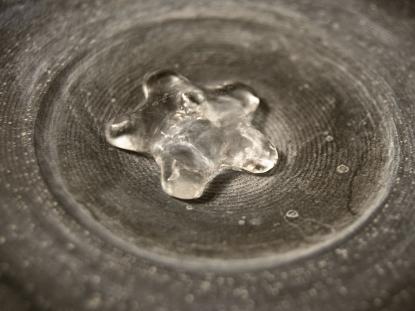2024. May 8. Wednesday
King St. Stephen Museum - Gallery Istvan Csók - Székesfehérvár
|
|
Address: 8000, Székesfehérvár Bartók Béla tér 1.
Phone number: (22) 315-583
E-mail: titkarsag@szikm.hu
Opening hours: Temporarily closed.
|
The exhibition has closed for visitors.
2012.04.06. - 2012.06.02.
Museum tickets, service costs:
|
Ticket for adults
|
700 HUF
|
|
|
Group ticket for adults
(over 10 people)
|
600 HUF
|
/ capita
|
|
Ticket for students
|
350 HUF
|
|
|
Group ticket for students
(over 10 people)
|
250 HUF
|
/ capita
|
|
Ticket for pensioners
|
350 HUF
|
|
|
Group ticket for pensioners
(over 10 people)
|
250 HUF
|
/ capita
|
|
Ticket for families
(2 adults + 1 children)
|
1500 HUF
|
/ family
|
|
Group guide for adults
(up to 25 people)
|
5500 HUF
|
|
|
Group guide for adults
(over 25 people)
|
6500 HUF
|
|
|
Group guide for students
(up to 25 people)
|
2500 HUF
|
|
|
Group guide for students
(over 25 people)
|
3200 HUF
|
|
|
Group guide
(up to 25 people)
|
7500 HUF
|
|
|
Group guide
(over 25 people)
|
8500 HUF
|
The Leidenfrost Effect is a phenomenon in which a liquid, in near contact with a mass significantly hotter than the liquid's boiling point produces an insulating vapour layer which keeps that liquid from boiling rapidly. It was named after the German scientist Johann Gottlob Leidenfrost. When we observe how a drop of water is moving on a hot heater, we will see that the drops form hexagonal shapes. Triangle, quadrangle, heptahedron, octahedron, or enneahedron etc. are well known from geometry. They are often present in various cultures as symbols.

Gyula Július uses phenomena like this, all present in our daily life, in his work. He studies phenomena in his experiments that provide really surprising data about how nature works, and launch ideas in our minds. What does a drop of oil on asphalt have to do with a nebula? How do waves of water by the sea draw on a piece of paper? What kind of accidents and principles rule nature and how, with what can we make them talk to us?
Pondering on methods of science and art, Gyula Július often chooses an ironic tome. He also applied various material, medium: image drawn on fog or vibrating water surface, photo series or videos document his 'experiments'.
The core moments of installations or bricolage-ains by Gyula Július is game during which he plays the artist, in other words, he turns to be an artist from an otherwise average man. He also plays the scientist who experiments, who is more like an alchemist than a classic academic man. However, he does it all with complete severity. He experiments, or rather, he publishes the result of his experiments through his art. In the meantime, he invites our senses to play. He misleads us, but it is part of the game: manipulation. He makes our sensors work, providing stimuli that are hard to come by on an average day. So, he intervenes into the process of perception, manipulates it so that the viewer will take his or her experiences with criticism. This is how he involves the viewer into the game, who is only able to understand what he or she experienced if he or she accepts the rules to the game and plays his or her seriously, as if in a board game. - Except from the study by Gábor Pfisztner Nice, Isn't It ?.

Gyula Július uses phenomena like this, all present in our daily life, in his work. He studies phenomena in his experiments that provide really surprising data about how nature works, and launch ideas in our minds. What does a drop of oil on asphalt have to do with a nebula? How do waves of water by the sea draw on a piece of paper? What kind of accidents and principles rule nature and how, with what can we make them talk to us?
Pondering on methods of science and art, Gyula Július often chooses an ironic tome. He also applied various material, medium: image drawn on fog or vibrating water surface, photo series or videos document his 'experiments'.
The core moments of installations or bricolage-ains by Gyula Július is game during which he plays the artist, in other words, he turns to be an artist from an otherwise average man. He also plays the scientist who experiments, who is more like an alchemist than a classic academic man. However, he does it all with complete severity. He experiments, or rather, he publishes the result of his experiments through his art. In the meantime, he invites our senses to play. He misleads us, but it is part of the game: manipulation. He makes our sensors work, providing stimuli that are hard to come by on an average day. So, he intervenes into the process of perception, manipulates it so that the viewer will take his or her experiences with criticism. This is how he involves the viewer into the game, who is only able to understand what he or she experienced if he or she accepts the rules to the game and plays his or her seriously, as if in a board game. - Except from the study by Gábor Pfisztner Nice, Isn't It ?.
